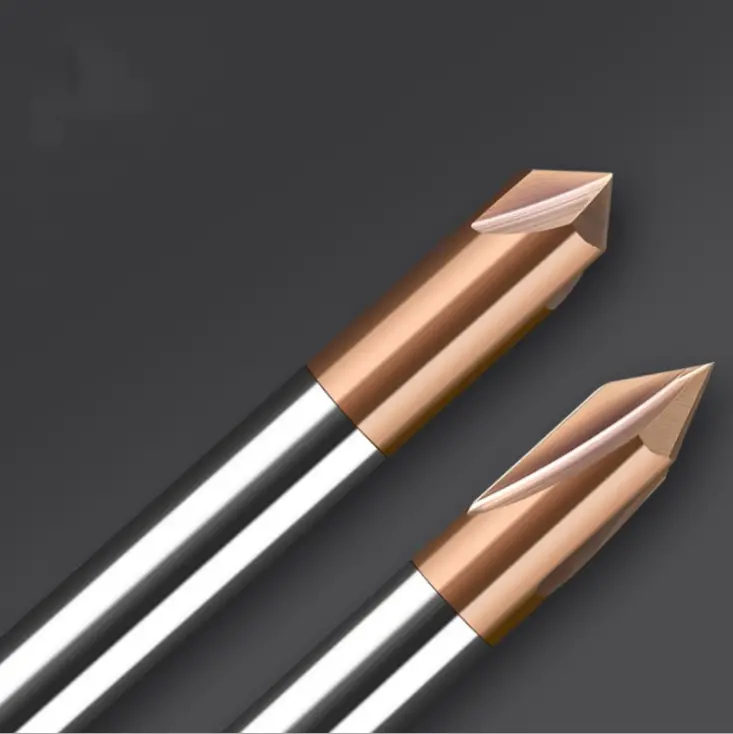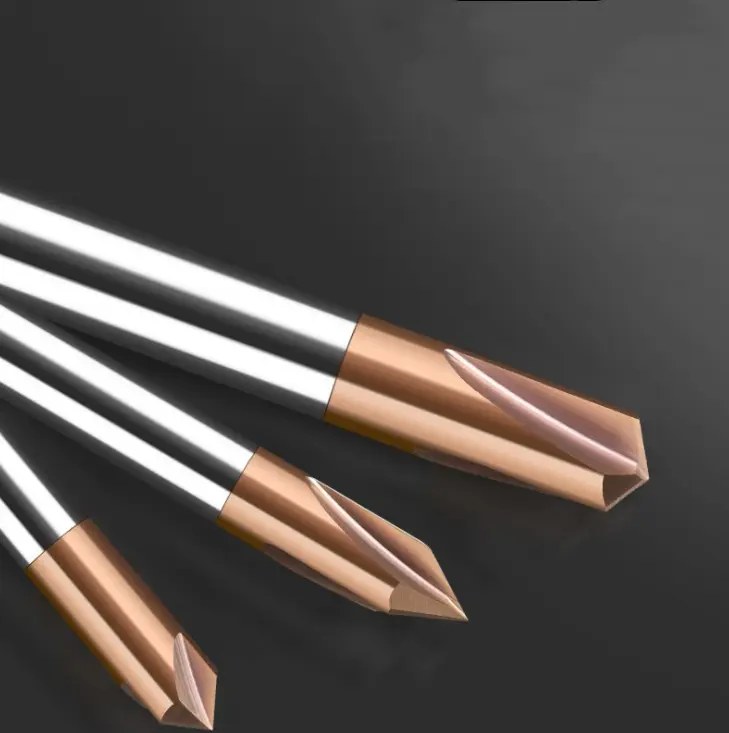When it comes to metalworking, precision is key. One of the essential tools for achieving this precision is the metal chamfer bit. This specialized tool is designed to create a beveled edge on metal surfaces, which not only enhances the aesthetics but also improves the functionality of the finished product. However, with a wide variety of options available on the market, choosing the right metal chamfer drill bit can be a daunting task. Here are some tips and tricks to help you make an informed decision for optimal performance.
Understand your project requirements
Before choosing a metal chamfer drill bit, it's crucial to understand the specific requirements of your project. Consider the type of metal you'll be working on, as different materials may require different types of drill bits. For example, softer metals like aluminum may not require as sturdy a drill bit as harder metals like stainless steel or titanium. Also, consider the size and depth of the chamfer you need. Chamfer drill bits come in a variety of sizes and angles, so knowing your specifications will help narrow down your choices.
Materials and coatings
The material of the chamfer drill bit itself plays a big role in its performance and lifespan. High-speed steel (HSS) drill bits are common and offer good durability for general use. However, if you are working with harder metals or need a more durable tool, consider a carbide-tipped or solid carbide chamfer drill bit. These materials can withstand higher temperatures and provide a sharper edge for cleaner cuts.
Additionally, the coating on the drill bit can affect its performance. Coatings such as titanium nitride (TiN) or titanium aluminum nitride (TiAlN) can reduce friction, increase wear resistance, and extend the life of the drill bit. When selecting a metal chamfering drill bit, look for a drill bit with the right coating for your working conditions.
Drill bit design and geometry
The design and geometry of your metal chamfer drill bit are critical to achieving optimal performance. Drill bits come in a variety of shapes, including straight, spiral, and angled designs. Straight chamfer drill bits are ideal for creating precise, even edges, while spiral designs help remove debris and reduce the risk of clogging. Also consider the angle of the chamfer. Common angles range from 30 to 60 degrees, and the correct angle depends on the specific application and desired effect.
Compatibility with your tools
Make sure the metal chamfering drill bit you choose is compatible with your existing tools. Check the shank size and type to make sure it will fit your drill or milling machine. Using an incompatible drill bit may result in poor performance and may even damage your equipment. If you are unsure, consult the manufacturer's specifications or ask a knowledgeable supplier for advice.
Maintenance and Care
To maximize the performance and life of your metal chamfering drill bit, proper maintenance is essential. After use, clean the drill bit to remove any metal shavings or debris that may have accumulated. Store the drill bit in a protective case to prevent damage and dulling. Regularly inspect the drill bit for signs of wear and replace as needed to maintain optimal performance.
In conclusion
Selecting the right metal chamfer drill bit is critical to achieving precision and quality in your metalworking projects. By understanding project requirements, considering materials and coatings, evaluating drill bit design, ensuring compatibility with tooling, and practicing proper maintenance, you can select the best performing chamfer drill bit. With the right tool, you’ll be well on your way to producing beautiful metal parts to your exact specifications.
Post time: Jan-20-2025





